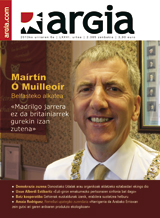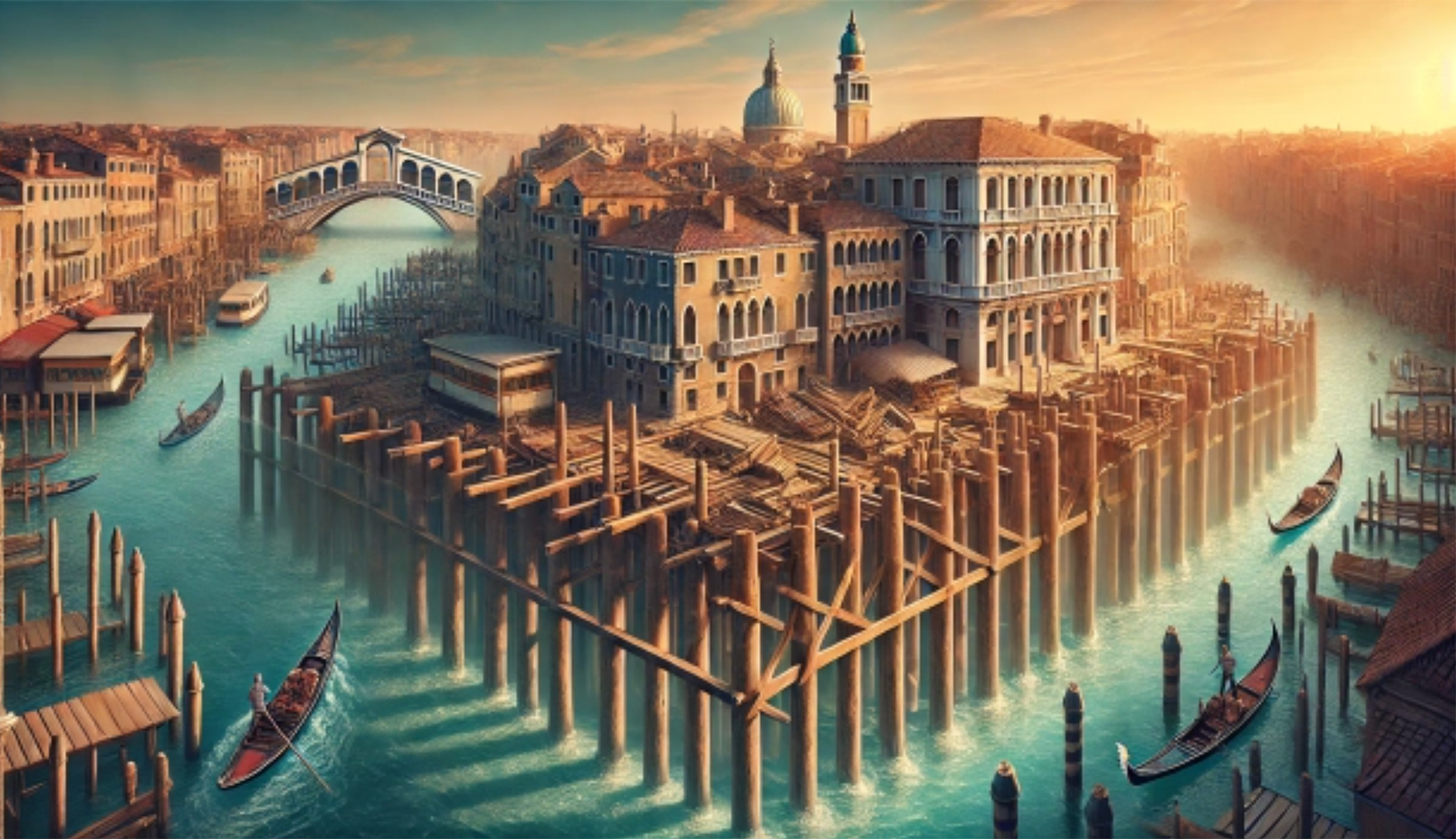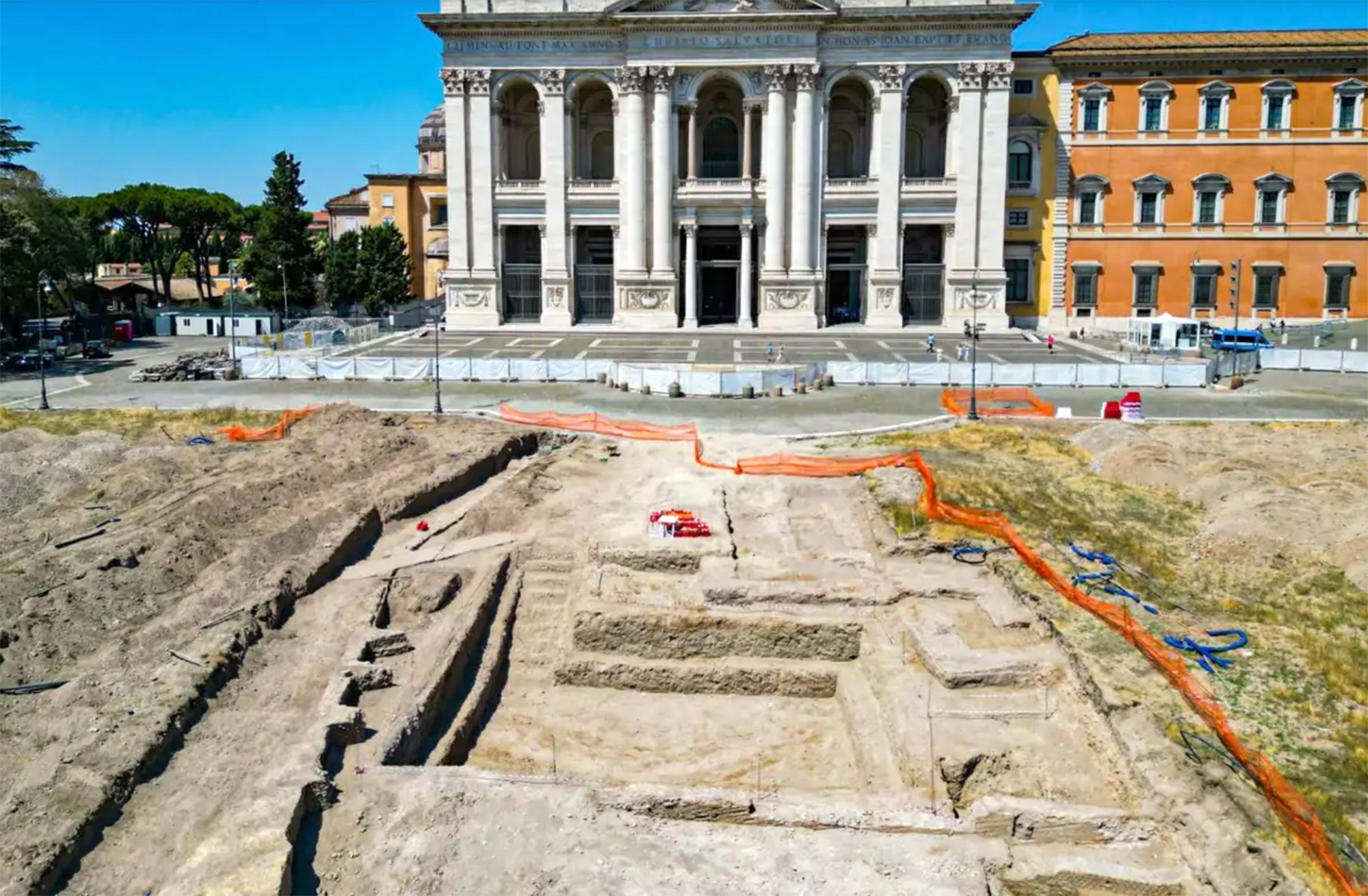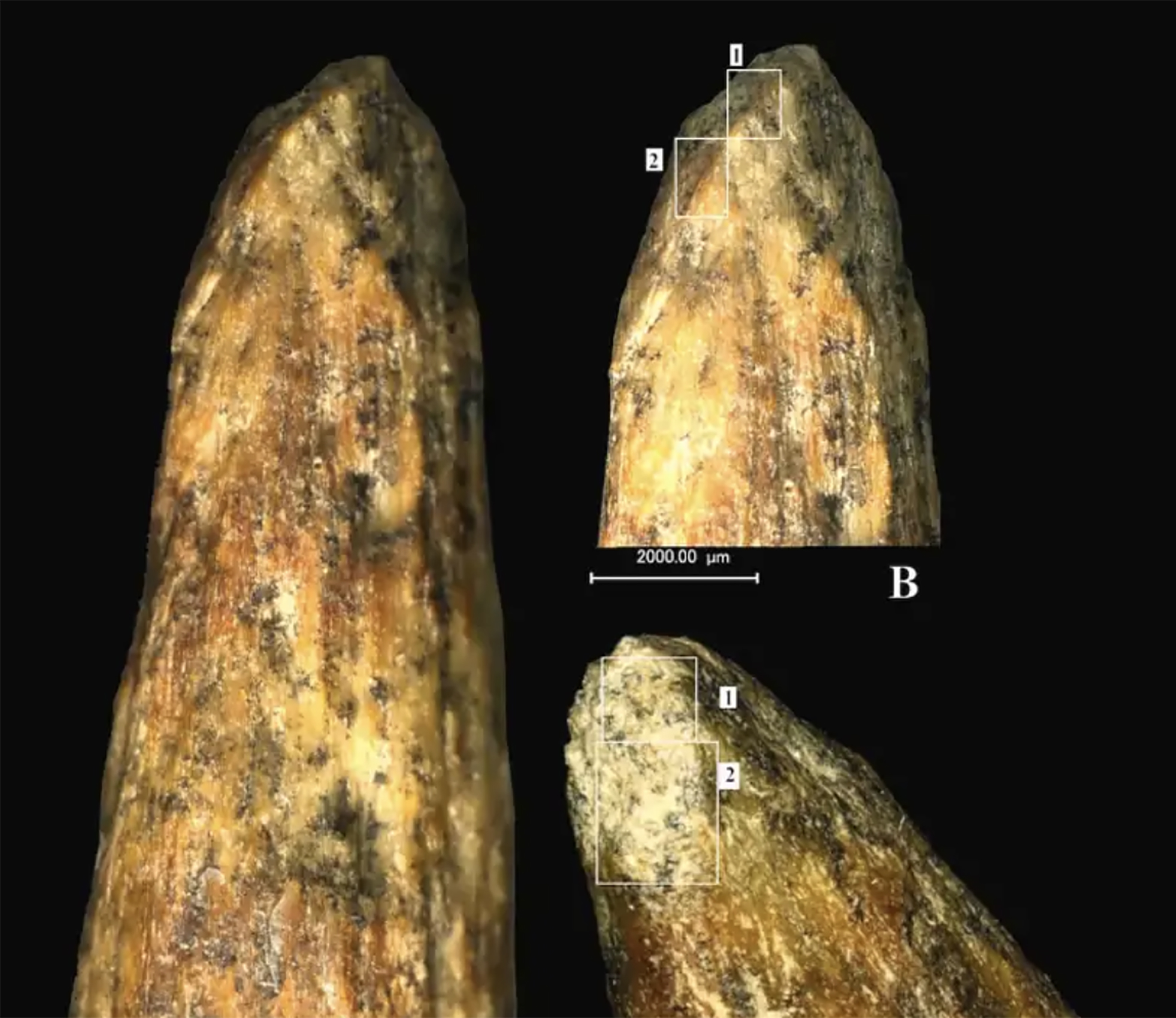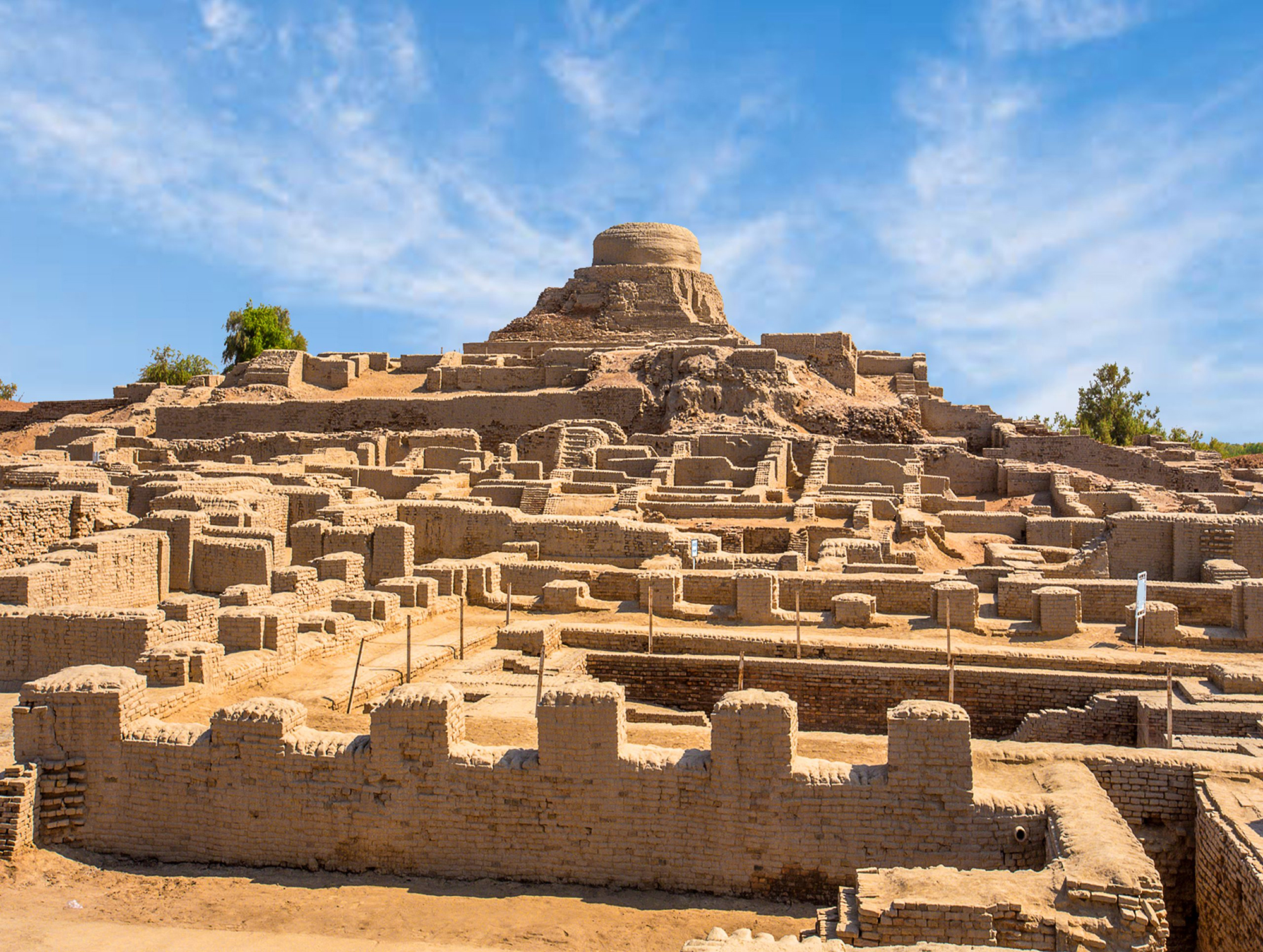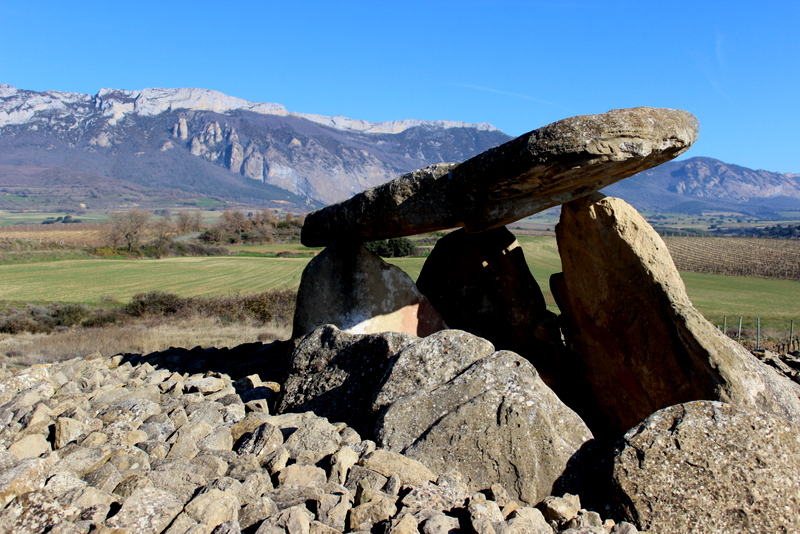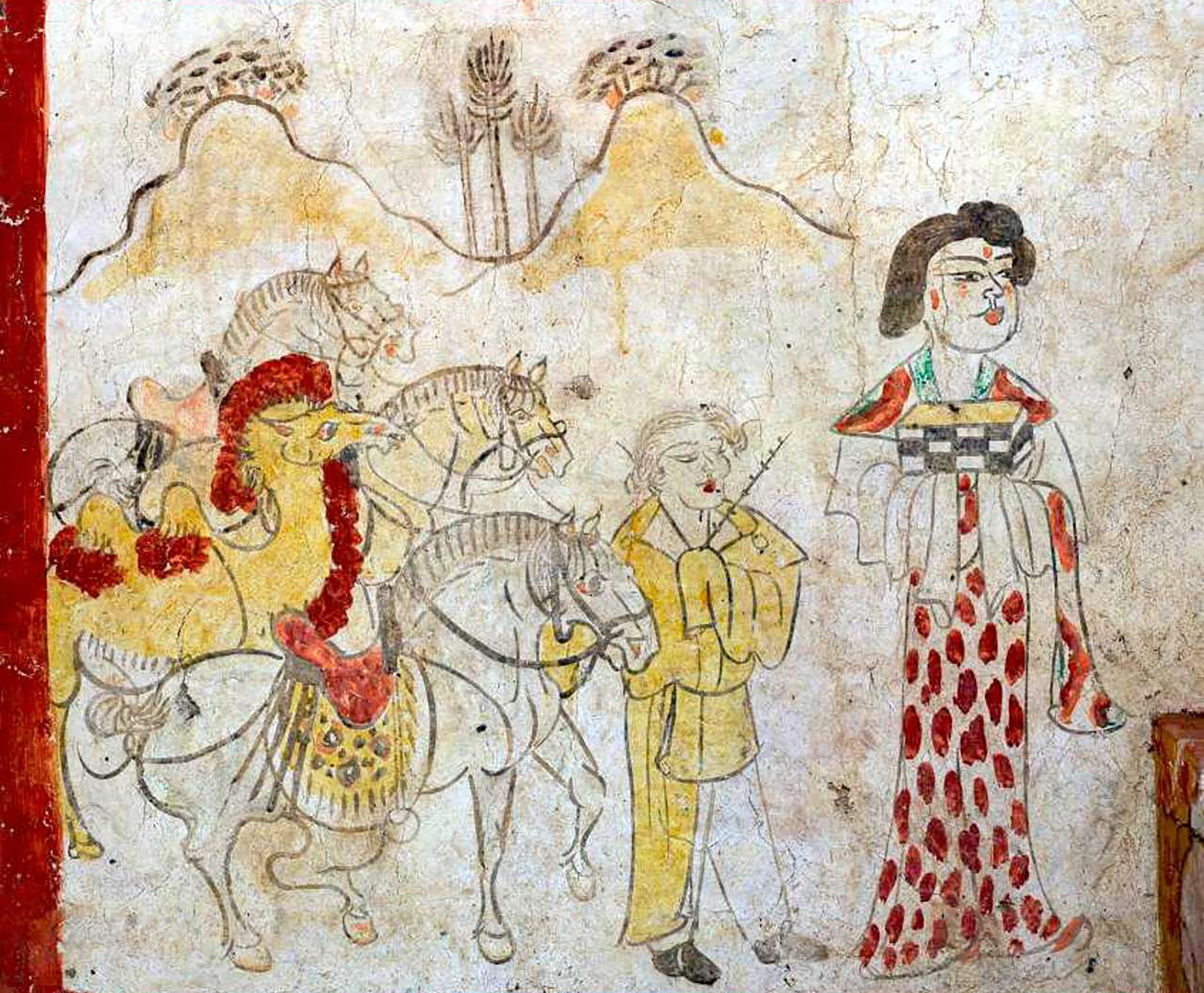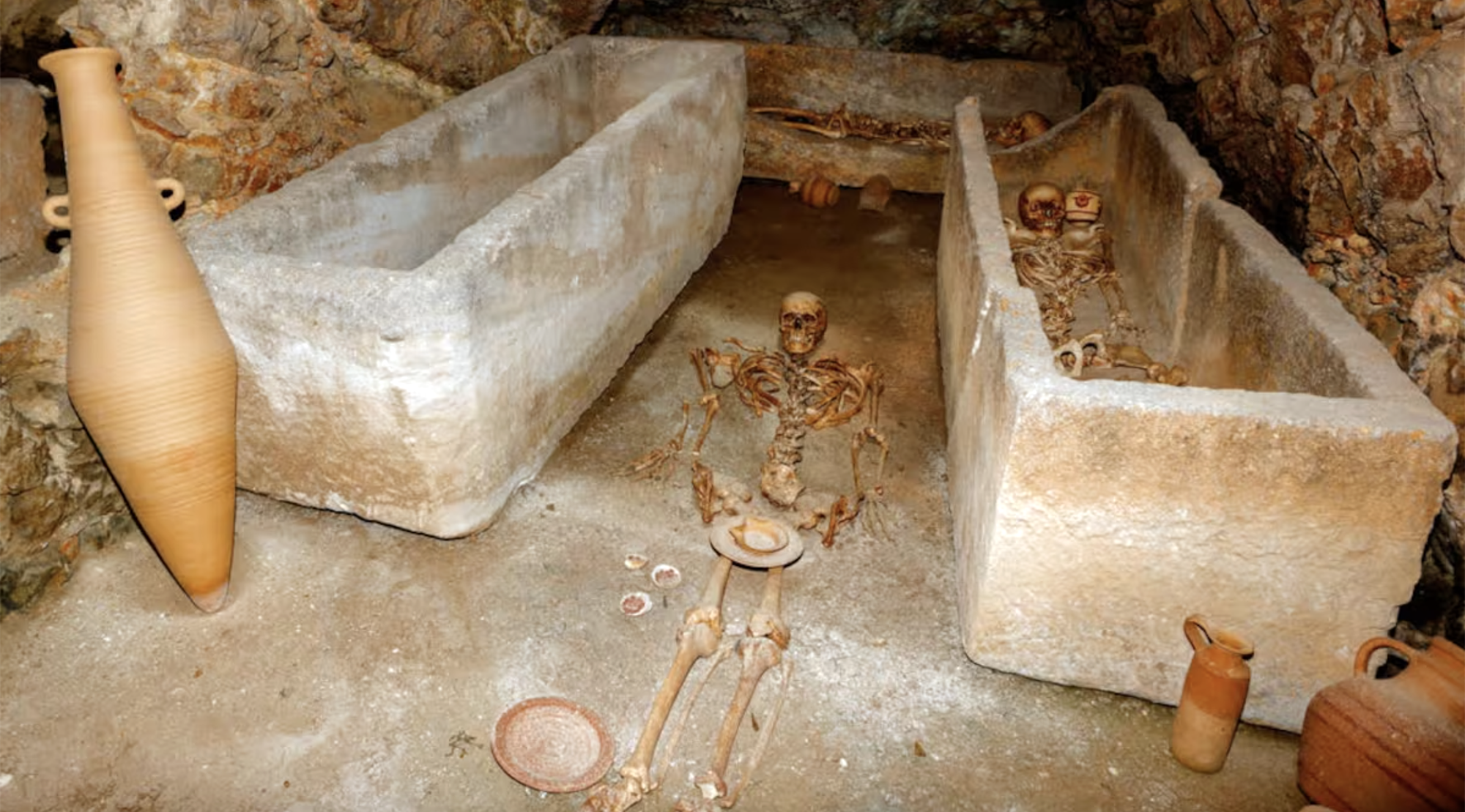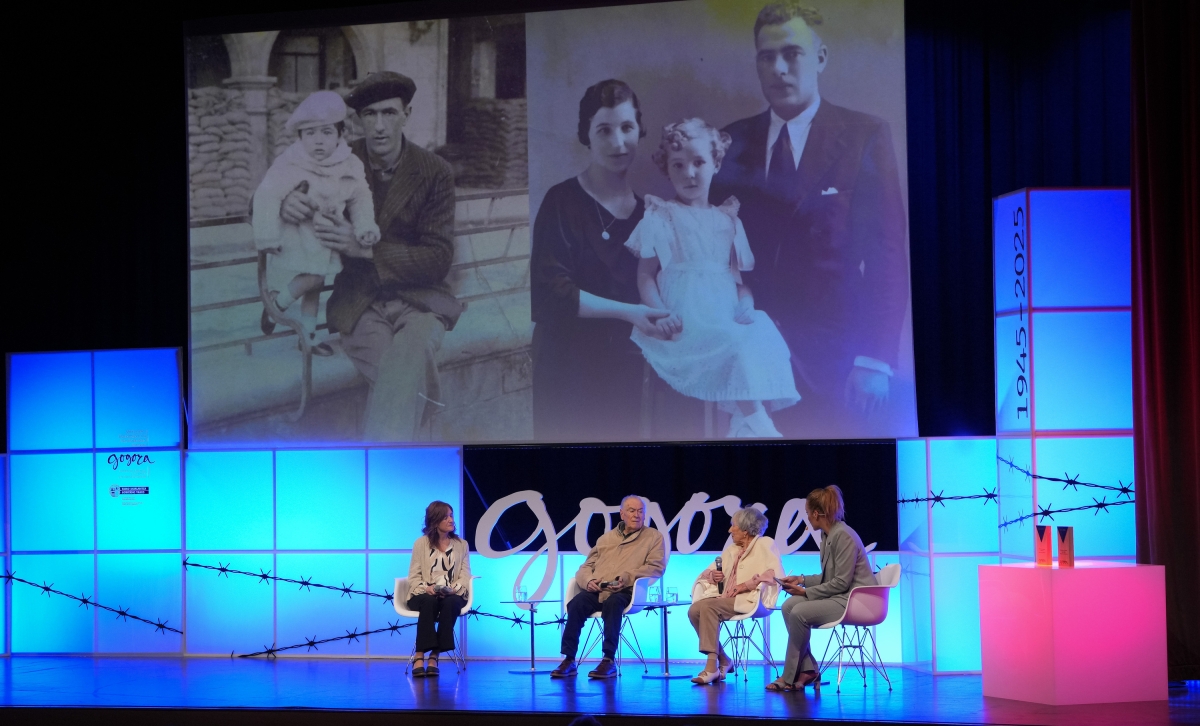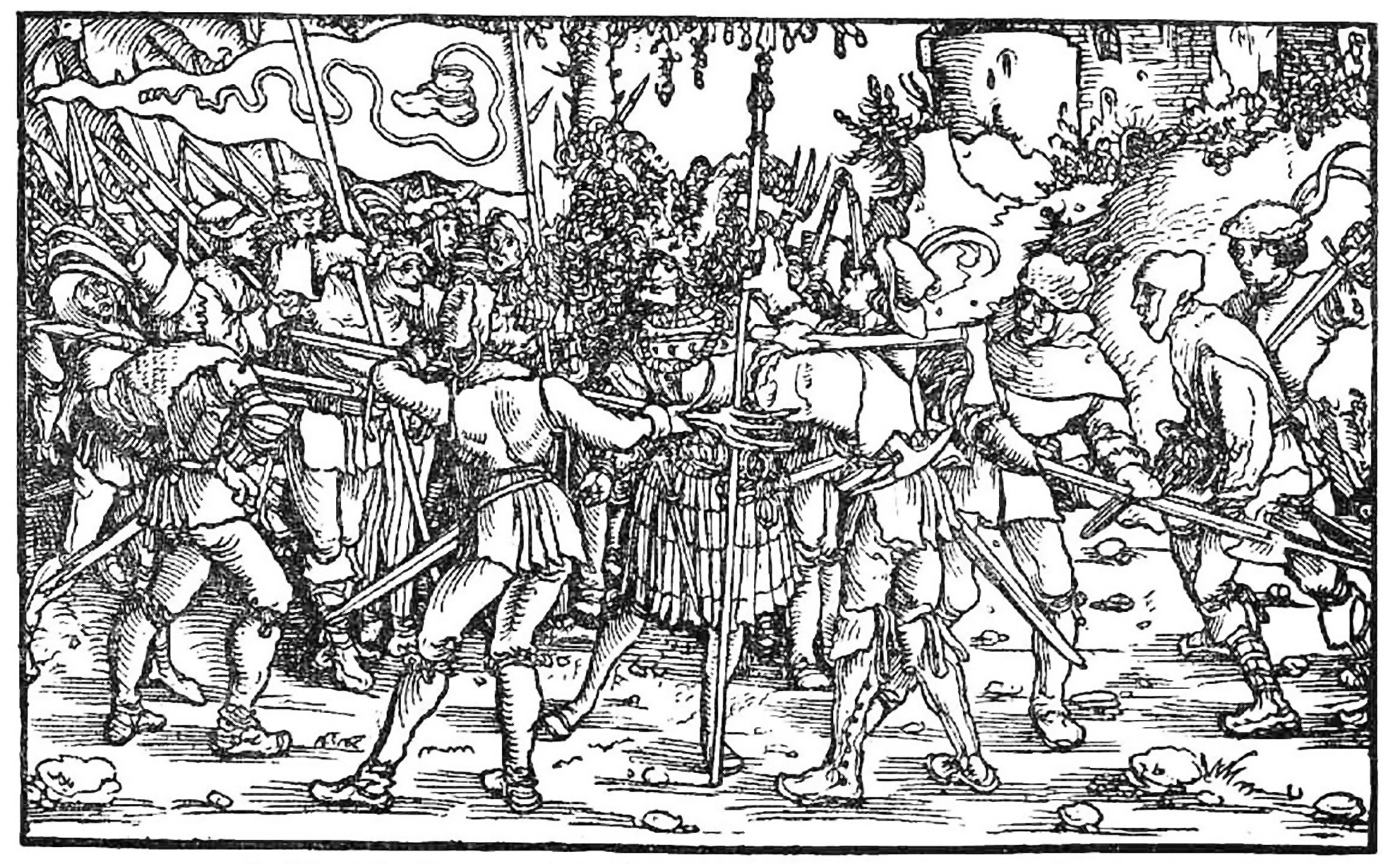Roland Garros, above tennis
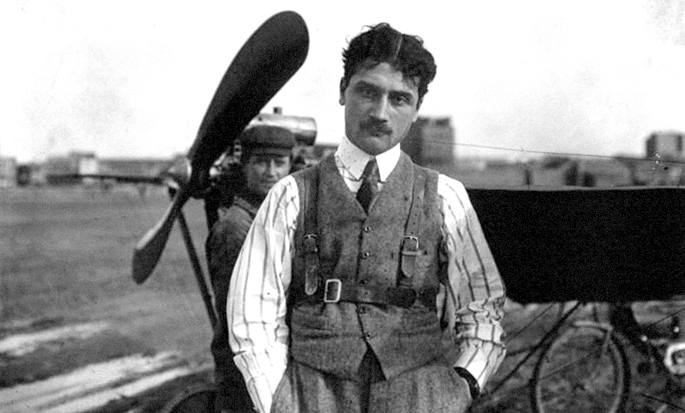
Born 6 October 1888 (Island of Reunion) Roland Garros is born, one of the main precursors of French aviation. After his studies in Sailly and Paris, in 1909 he ran a monoplane for the first time and the following year he was licensed as a pilot.
He immediately started to break the marks. In 1911 he beat the world altitude record (5,610 m) and on 23 September 1913 he was the first to cross the Mediterranean Sea without stops, from southern France to Tunisia. The following year the First World War broke out and the French Army decided to take advantage of Garros ' skill.
Roland Garros improved the machine gun system for aeroplanes, enabling the enemy to be attacked more effectively. And that improvement took place in the battle, achieving several victories against the German aircraft. But on October 5, 1918, in the battle of Ardennes, his plane was shot down and Roland Garros died in the absence of a day and a month to end the war.
From contributions to aviation, the airport on the island of Réunion is called Roland Garros. Thus, the pilot’s name would be linked to his passion if in 1927 the French tennis players had not won the Davis Cup to the United States. The following year, the revenge would be played on French lands. Because of the importance of the meeting, the French Government granted three hectares to build a new stadium alongside the former facilities of the French Tennis Federation. The Government gave the land free of charge and in return applied for a single condition: the stadium would be baptized with the name of the young pilot who fell in battle. Today, Roland Garros is the world’s largest smoothie tennis tournament.
According to some sources, the young Roland Garros was a tennis enthusiast who practiced on the courts of the Federation during his period as a student in Paris. He also liked rugby and was a member of the Stade Français in Paris. In spite of everything, his name will always be at the hand of those youthful hobbies, and not the passion that led him to solemnity and death.
Pond of Venice, year 452. Prompted by the Huns' invasion, several inhabitants of the interior of the Italian peninsula took temporary refuge in the swampy area. But the Lombard invasions came in a few years, and it would become a permanent home for those immigrants. It was a... [+]
During a routine excavation in the Piazza San Giovanni in Laterano in Rome, archaeologists carried out the IX-XIII. They unexpectedly found the remains of a palace dating back to the centuries. And they think it could be the residence of the popes of the time. In other words,... [+]
More and more studies indicate that Neanderthals had more advanced cognitive abilities than previously thought. The latter, published in the Journal of Archeological Science, refers to the spearhead of bone found in the Mezmaiskaya cave in Russia in 2003.
Using microscopy,... [+]
The Indus Valley, about 5,000 years ago. The city of Mohenjo-Daro had about 35,000 inhabitants and, according to recent PNAS publication, had a very low Gini coefficient of 0.22 – a coefficient that measures the economic inequality of societies through the degree of... [+]
I've been enjoying a book lately. In a very short time I have read it twice; the first with pure delight and the second with a pencil in my hand. Hoces de piedra, martillos de bronce, by the Spanish archaeologist Rodrigo Villalobos, aims to explore prehistoric society to answer... [+]
In the Chinese province of Shanxi, in a tomb of the Tang dynasty, paintings depicting scenes from the daily lives of the dead are found. In one of these scenes a blonde man appears. Looking at the color of the hair and the facial expression, archaeologists who have studied the... [+]
Carthage, from B.C. Around the 814. The Phoenicians founded a colony and the dominant civilization in the eastern Mediterranean spread to the west. Two and a half centuries later, with the decline of the Phoenician metropolis of Tyre, Carthage became independent and its... [+]
Salvador Puig Antich frankismoaren kontrako militantea izan zen. Askapen Mugimendu Iberikoko kidea, 1973ko irailaren 25ean atxilotu zuten. Gerra-kontseilua egin zioten, eta garrotez exekutatu zuten handik sei hilabetera, 1974ko martxoaren 2an. Aurtengo otsailean baliogabetu du... [+]
Rudolf Botha hizkuntzalari hegoafrikarrak hipotesi bat bota berri du Homo erectus-i buruz: espezieak ahozko komunikazio moduren bat garatu zuen duela milioi bat urte baino gehiago. Homo sapiens-a da, dakigunez, hitz egiteko gai den espezie bakarra eta, beraz, hortik... [+]
Böblingen, Holy Roman Empire, 12 May 1525. Georg Truchsess von Waldburg overthrew the Württemberg insurgent peasants. Three days later, on 15 May, Philip of Hesse and the Duke of Saxony joined forces to crush the Thuringian rebels in Frankenhausen, killing some 5,000 peasants... [+]









